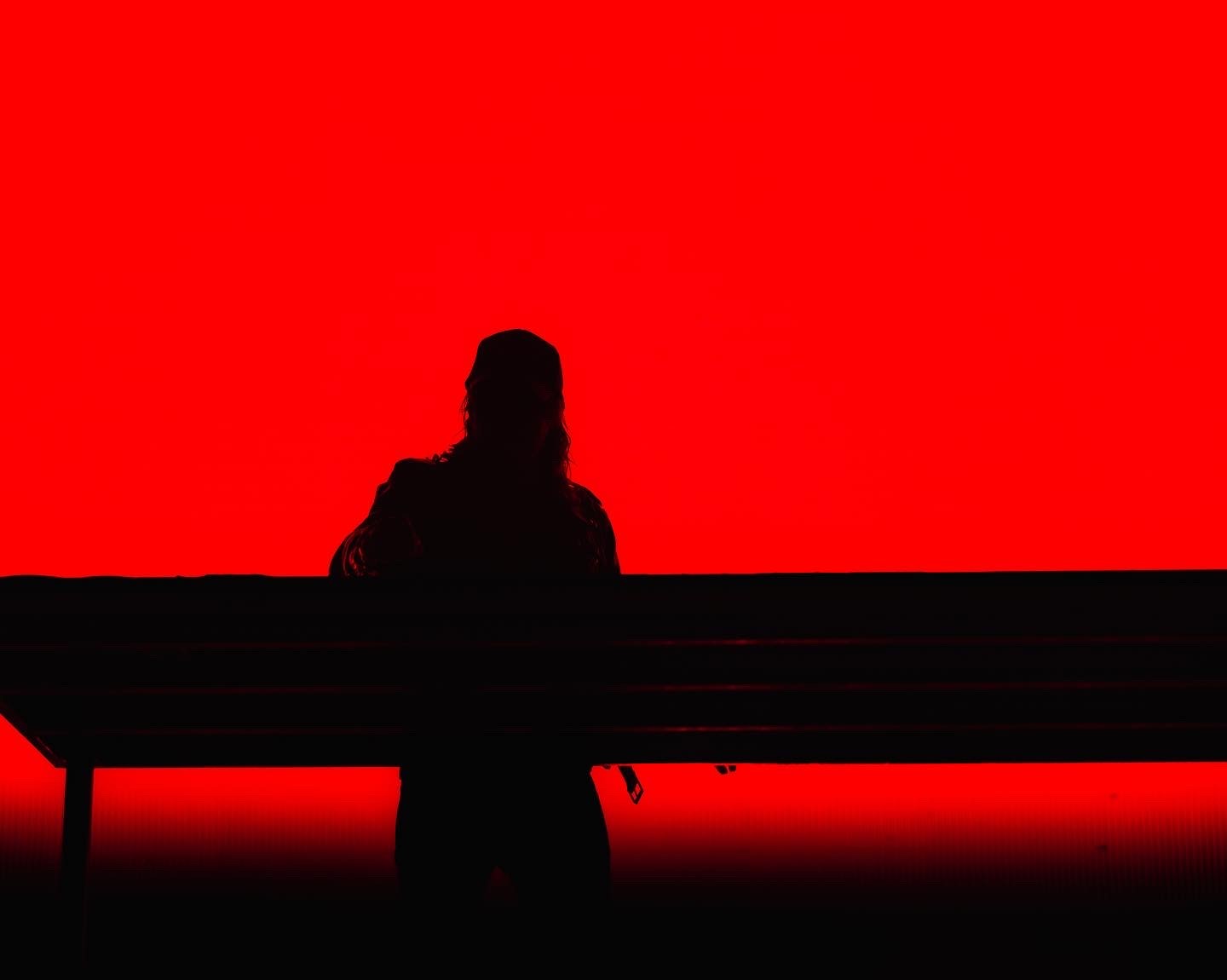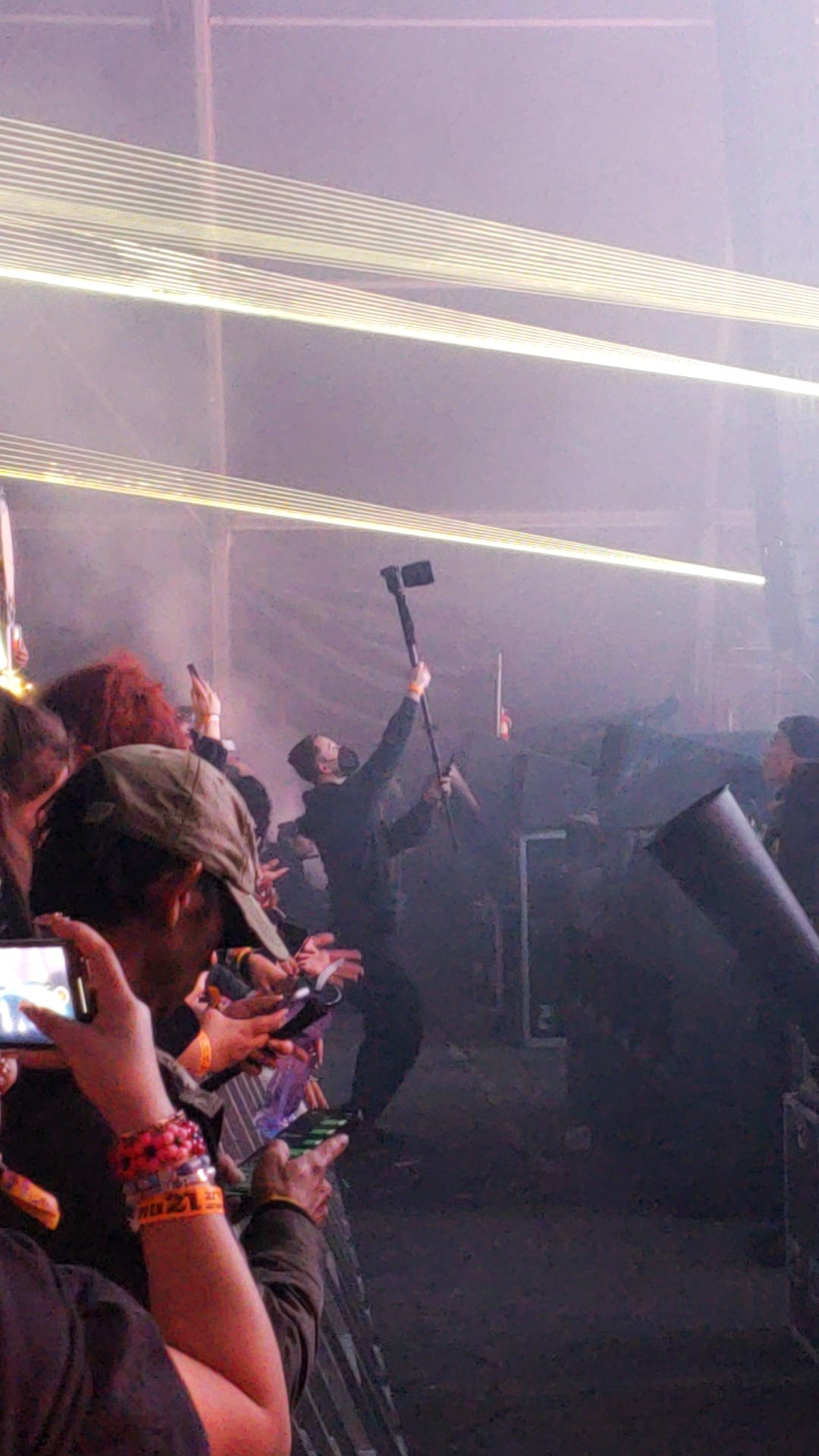We caught up with the brilliant and insightful Nathaniel Windisch a few weeks ago and have shared our conversation below.
Nathaniel, thanks for joining us, excited to have you contributing your stories and insights. Can you talk to us about how you learned to do what you do?
Content creation within the music industry is an extremely saturated market, with tons of photographers and videographers willing to work for free. These days, you must set yourself apart as a creative. That being said, I worked for free for many years when I was still fresh to the industry. I was also super fortunate to have shot and written for my current university’s publication, granting me access to shows and experiences I would not have had otherwise. This gave me the exposure and skill set that I can now use to charge clients. While I took many photo classes back in school, shooting live performances has proven invaluable for gaining experience. There are so many different variables to account for: inconsistent lighting, quick-moving bodies, tumultuous crowds, and various production elements, which always offer a chaotic environment; no two shoots are ever the same.
Outside of publications, landing clients wasn’t always easy, especially when starting out without any work or portfolio to support your offers. However, after landing my first few clients, I could leverage this work for future shoots. It’s really a game of persistence, I still get asked to work for free, but you should always put value on your work. Shooting for free isn’t all bad, sometimes it offers great exposure and potential paid work down the line.
Some skills that I didn’t realize I would need but developed over time range from simply formatting and sending out emails, interacting with celebrities and artists, timely edits and turnarounds, to always producing creative edits/mashes to consistently offer something new and fresh.


As always, we appreciate you sharing your insights and we’ve got a few more questions for you, but before we get to all of that can you take a minute to introduce yourself and give our readers some of your back background and context?
Marketer by day and performance photographer/videographer by night. I first started shooting performances through my university’s publication – The Daily Lobo. My good friend, Audrin Baghaie, was running the music editorial at the time, invited me to shoot and write. I was currently working for the university’s athletic department, shooting sporting events so I thought this would be a fun pivot into another industry.
I provide photo and video coverage for some of your favorite DJs, Artists, Celebrities, and Producers. I like to think I set myself apart from other creatives with creative edits and timely turnarounds. I pride myself on getting the content to my clients as quickly as possible, sometimes getting the edits out within 5-8 hours after the shoot. Some events end at three AM, so late nights are no stranger. Shooting is only a quarter of the work, most people don’t realize how much time goes into culling, curating, and editing the final pieces that clients receive.


What do you find most rewarding about being a creative?
For me, the most rewarding parts of being a creative are the reactions I get from clients and others. The inspiration some of my work might elicit is always a great feeling. Knowing your client isn’t only satisfied but enthusiastic about the work delivered is very fulfilling.
The sense of community fostered by like-minded creatives in the industry is magical. The relationships that are synthesized in this environment are irreplaceable, not only for the advancement of your work but also for personal growth and friendship. The music industry, known for its cutthroat nature, is a very competitive field to find yourself in. Finding the right collaborators who not only contribute to your professional success but also evolve into genuine friendships is a remarkable thing. It’s a dynamic that sets the music industry apart, and I struggle to think of many other fields that exhibit such unique dichotomies.


Can you tell us about a time you’ve had to pivot?
I tend to dedicate a lot of my personal time to work, and sometimes, other parts of my life fall betweeen the cracks. I always want to grow as a creative, but balance between life and work is important. Some of those people you consider to be along for the ride, may not be there tomorrow or the next day. Treasure those around you but always strive to better yourself, not only as an artist but as a person.
Sometimes things don’t always go as planned, especially when working with publications. We often don’t get the credentials we’d hoped for. For example, during Outside Lands 2022, working with Quip Mag, we were not granted pit access. For those who don’t know, the pit is the space between the crowd/barricade and the stage, usually offering the best angles and coverage for the performance. Not having a telephoto lens at the time (a zoom lens), there was only one option: brave the crowds.
Little Uzi Vert, with some of the most boisterous and dedicated fans I have ever encountered, presented a challenge that will forever induce anxiety. Finding myself in a sea of fervent teenagers, just a few bodies away from the barricade, I began quickly reassessing my decision-making. Amongst a swell of rabid music enthusiasts, seemingly all trying to get as close as possible, my life flashed before my eyes. Navigating through the crowd to avoid both bodily harm and potential damage to my equipment, I determined that moving upstream was not possible; the best exit strategy would be over the barricade. Though being dragged out of the mosh by security might not have been my finest moment, I successfully captured the shots I needed and emerged unscathed from the intense crowd crush.


Contact Info:
- Website: https://www.natewindischphoto.com/performanceportfolio
- Instagram: https://www.instagram.com/natewindisch/?hl=en
- Linkedin: https://www.linkedin.com/in/nathaniel-windisch-27b556222/
- Twitter: @nateatthelobo


